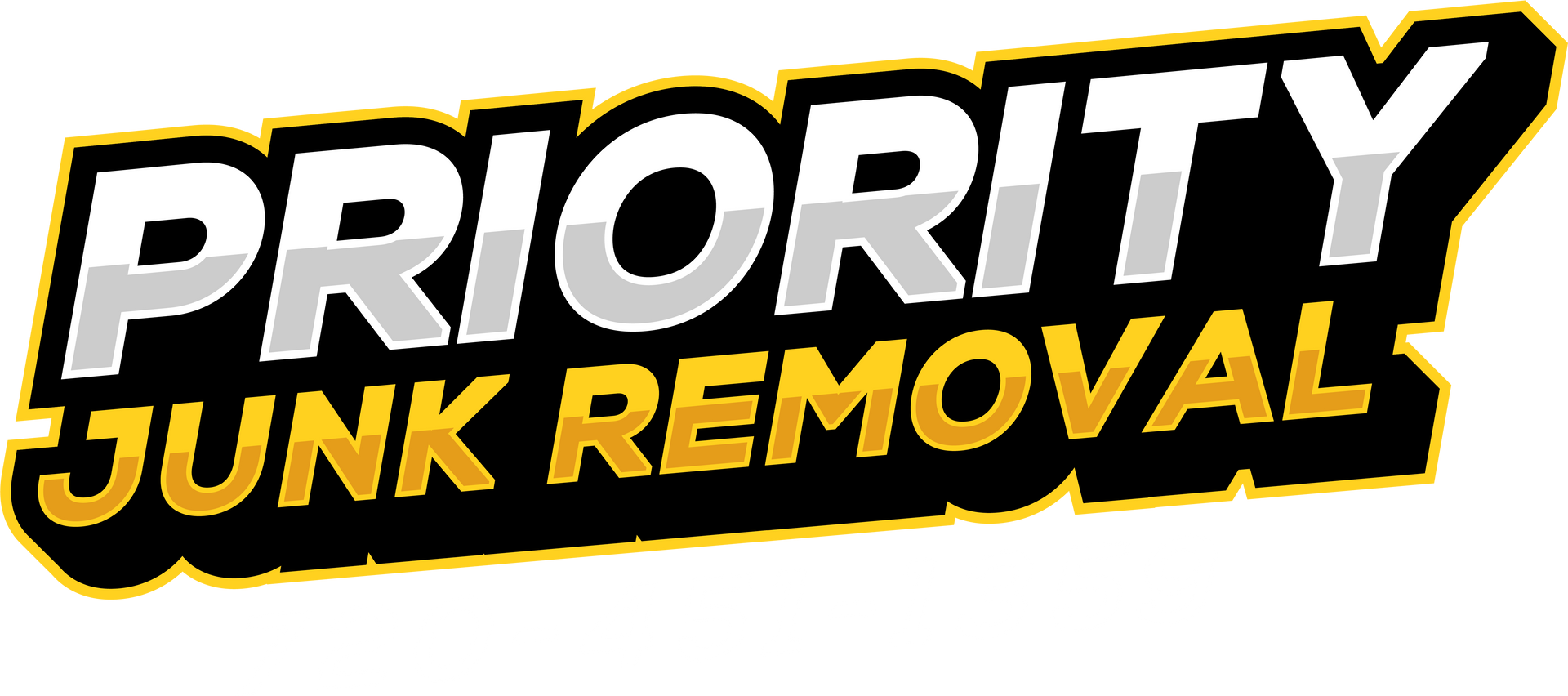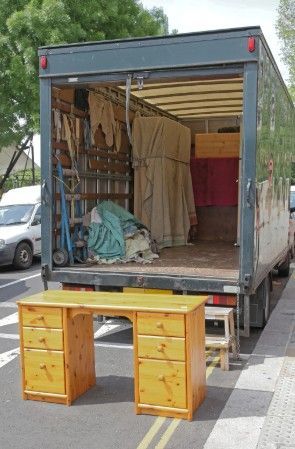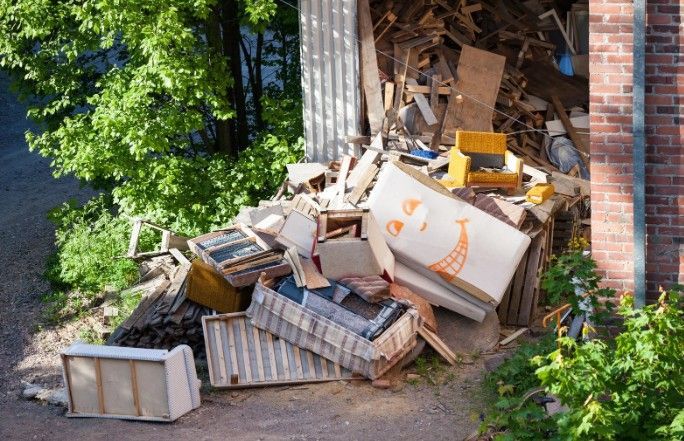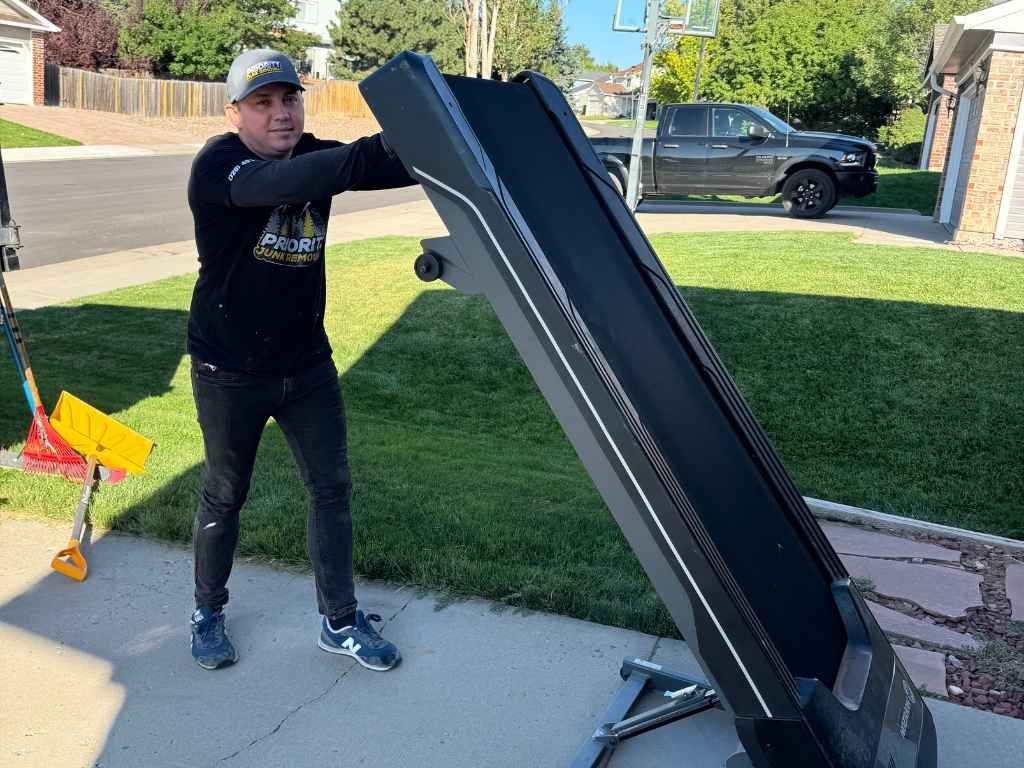The Ultimate Step-by-Step Decluttering Checklist for Beginners
Embarking on a decluttering journey can definitely feel overwhelming, especially if you’re just getting started and unsure where to begin. The good news? With a clear and structured approach, the entire process becomes much more manageable—and even empowering. Decluttering isn’t just about tidying up your home; it’s about creating a space that reflects your lifestyle, reduces stress, and promotes a sense of peace.
This beginner-friendly guide provides a comprehensive, step-by-step checklist designed to walk you through each stage with confidence. From setting goals and gathering supplies to sorting, organizing, and maintaining a clutter-free environment, you’ll find everything you need to transform your space one step at a time.
Understanding the Importance of Decluttering
Decluttering isn’t just about having a tidy home—it’s about creating a space that supports your mental and emotional well-being. Cluttered environments can lead to feelings of stress, anxiety, and distraction. When your surroundings are chaotic, it’s harder to focus, relax, or feel at peace. On the flip side, a clean and organized space promotes clarity of thought, boosts productivity, and fosters a sense of control over your environment.
It also helps you appreciate the things you truly value. Letting go of unnecessary items can be symbolic—like shedding old habits or outdated mindsets. Once you begin to experience the mental lightness that comes with physical decluttering, you'll realize it’s not just about tidiness—it’s about transformation. Recognizing these benefits from the start helps build motivation and purpose, making the process of decluttering more meaningful and rewarding.
Preparing for the Decluttering Process
Before jumping into the action, it’s important to set the stage for success. Begin by defining your goals—do you want to declutter your whole house or just specific areas? Setting a realistic timeline for each space prevents burnout and keeps you focused. Gather supplies like boxes, bags, labels, cleaning products, and markers. Create designated areas for sorting items so your space doesn’t become chaotic mid-process. Consider creating a checklist for the rooms or categories you plan to tackle so you can mark your progress and stay motivated.
Enlist help if needed—family members, roommates, or even a friend can make the process more enjoyable and efficient. Think of this phase as the “planning before the mission”—the more structured your preparation, the smoother everything will go. A well-thought-out plan minimizes stress, increases momentum, and helps turn a daunting task into a manageable one.
Start with a Single Room
Tackling your entire home at once can feel overwhelming, so it’s best to start small—one room, one step at a time. This approach helps you build momentum while creating a clear sense of accomplishment. Choose a high-traffic area like the kitchen or living room, where clutter tends to accumulate quickly. Begin by removing everything from shelves, drawers, and cabinets. Lay items out so you can clearly see what you own.
Then, assess each item individually—does it serve a purpose? Does it bring joy or add value to your life? If not, it might be time to let it go. This focused strategy keeps you from getting sidetracked, and completing one space fully can inspire confidence to move on to the next. Remember, progress is progress—whether it’s a drawer, a corner, or an entire room, each step moves you closer to a clutter-free home.
Implement the Four-Box Method
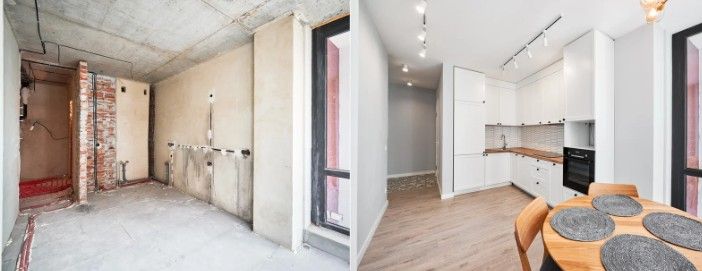
The Four-Box Method is a tried-and-true strategy for making quick, confident decluttering decisions. Simply label four boxes: Keep, Donate, Sell, and Trash. As you move through your space, every item you pick up should go into one of these categories. The “Keep” box is for items you use regularly and truly value. “Donate” is for things in good condition that could benefit someone else.
“Sell” includes items with monetary value that you’re willing to part with, and “Trash” is for damaged, unusable things that have no purpose left. This method eliminates indecision and forces you to commit on the spot, making the process smoother and more productive. It also helps reduce emotional fatigue by giving you clear choices. At the end, you’ll have everything sorted and ready to either put away or remove. Simple, structured, and super effective for decluttering any space.
Tackle One Category at a Time
Instead of organizing room by room, try tackling your home by category. This strategy—made popular by decluttering experts—helps you fully grasp how much of a certain type of item you actually own. For example, start with clothes. Gather every article of clothing from every room into one place and sort through them all at once. Next, move on to books, papers, kitchenware, electronics, etc. This process gives you a bird’s-eye view of your belongings, making it easier to identify duplicates, unused items, and patterns of accumulation.
It also prevents you from just shifting clutter from one room to another. When you focus on a single category, your brain gets into a rhythm, making decisions quicker and more consistent. This method can be more powerful than going room by room because it truly shows the volume you’re dealing with—and helps you trim it down efficiently.
Organize as You Go
Decluttering is only half the journey—organizing what you choose to keep is just as essential. As you sort through items and decide what stays, take time to place them in a way that makes sense for your lifestyle. Use bins, baskets, drawer organizers, and shelves to create designated homes for your belongings. Group similar items together, and label containers if needed for easy access later. Think about functionality and convenience—items used often should be placed within reach, while seasonal or rarely used items can be stored higher up or further away.
Creating a system that works for you means you're more likely to maintain it. Don't wait until the end of your decluttering project to organize—doing it room by room or category by category makes the whole process smoother. A tidy setup isn't just about aesthetics—it saves you time and eliminates daily frustrations.
Dispose of Unwanted Items Responsibly
Once you’ve sorted your items, the next step is letting go of what you no longer need—but doing so responsibly. For anything that’s broken or beyond repair, recycling is often a better option than simply tossing it in the trash. Check with your local recycling center for guidelines on electronics, metals, or household materials. Items in good condition should be donated to local shelters, thrift stores, or community organizations.
If you’ve got things worth selling—like furniture, appliances, or collectibles—consider online marketplaces or garage sales. And for bulk removal or large, heavy items, a professional junk removal service can help immensely. Junk Removal specialize in hauling off everything from old furniture to yard debris in an eco-conscious way. Responsible disposal ensures that you’re not only decluttering your home but also minimizing your environmental footprint—and that’s a win-win all around.
Maintain Your Decluttered Space
Once you've cleared the clutter and organized your space, the next challenge is maintaining it. Think of decluttering not as a one-time project, but as an ongoing lifestyle choice. Regularly evaluate your belongings and let go of items that no longer serve a purpose. Set aside 10–15 minutes each day or a chunk of time each weekend to tidy up and reassess. Implement a “one in, one out” rule—every time you bring something new into your home, something old must go.
Get the whole household involved to create a shared sense of accountability. If you’ve labeled bins and created specific spots for everything, tidying becomes second nature. By making maintenance part of your routine, you’ll keep your home feeling light, fresh, and organized—without ever having to face a major overhaul again. A little consistency now saves a lot of stress later.
Overcoming Common Decluttering Challenges
Let’s be honest—decluttering isn’t always easy. Emotional attachment to items, decision fatigue, and fear of “what if I need this later?” are just a few of the mental roadblocks people face. The key is acknowledging these feelings and working through them with compassion. For sentimental items, set limits—keep a few meaningful pieces and let go of the rest, perhaps after taking a photo. If decisions become overwhelming, take breaks or limit how long you declutter in a single session.
Breaking the process into smaller chunks can prevent burnout. Enlisting help from a friend, family member, or even a professional organizer can provide fresh perspective and encouragement. Remind yourself why you're doing this: to create a space that supports the person you are today. Let go of guilt, give yourself grace, and remember—it’s not about perfection; it’s about progress.
Celebrating Your Progress
Decluttering takes effort, patience, and persistence—so don’t forget to celebrate your wins along the way. Every drawer cleaned, every bag donated, every space reclaimed is a step toward a more intentional and peaceful home. Celebrate the completion of a room with a relaxing bath, a movie night, or even just standing back and admiring your work. Take before-and-after photos to document your transformation—it’s incredibly motivating to see how far you’ve come.
If you hit a big milestone, reward yourself with a small treat or activity that brings you joy (just maybe not more stuff!). Sharing your success with others—whether through social media or a group of friends—can also offer encouragement and inspiration. Recognizing your progress reinforces your commitment and makes it easier to keep going. Remember, the journey toward simplicity is just as valuable as the result.
Conclusion
Embarking on a decluttering journey can be transformative, leading to a more organized and peaceful living space. By following this step-by-step checklist, beginners can approach the process methodically and effectively. Remember, the key is to start small, stay consistent, and seek support when needed. With dedication and the right approach, a clutter-free home is within reach.
For those in Littleton seeking professional assistance, Priority Junk Removal offers comprehensive junk removal services. Their team provides efficient and eco-friendly solutions, ensuring a hassle-free decluttering experience. Contact them at 720-451-1359 or via email at priorityjunkremoval@gmail.com for more information and to schedule a consultation.
